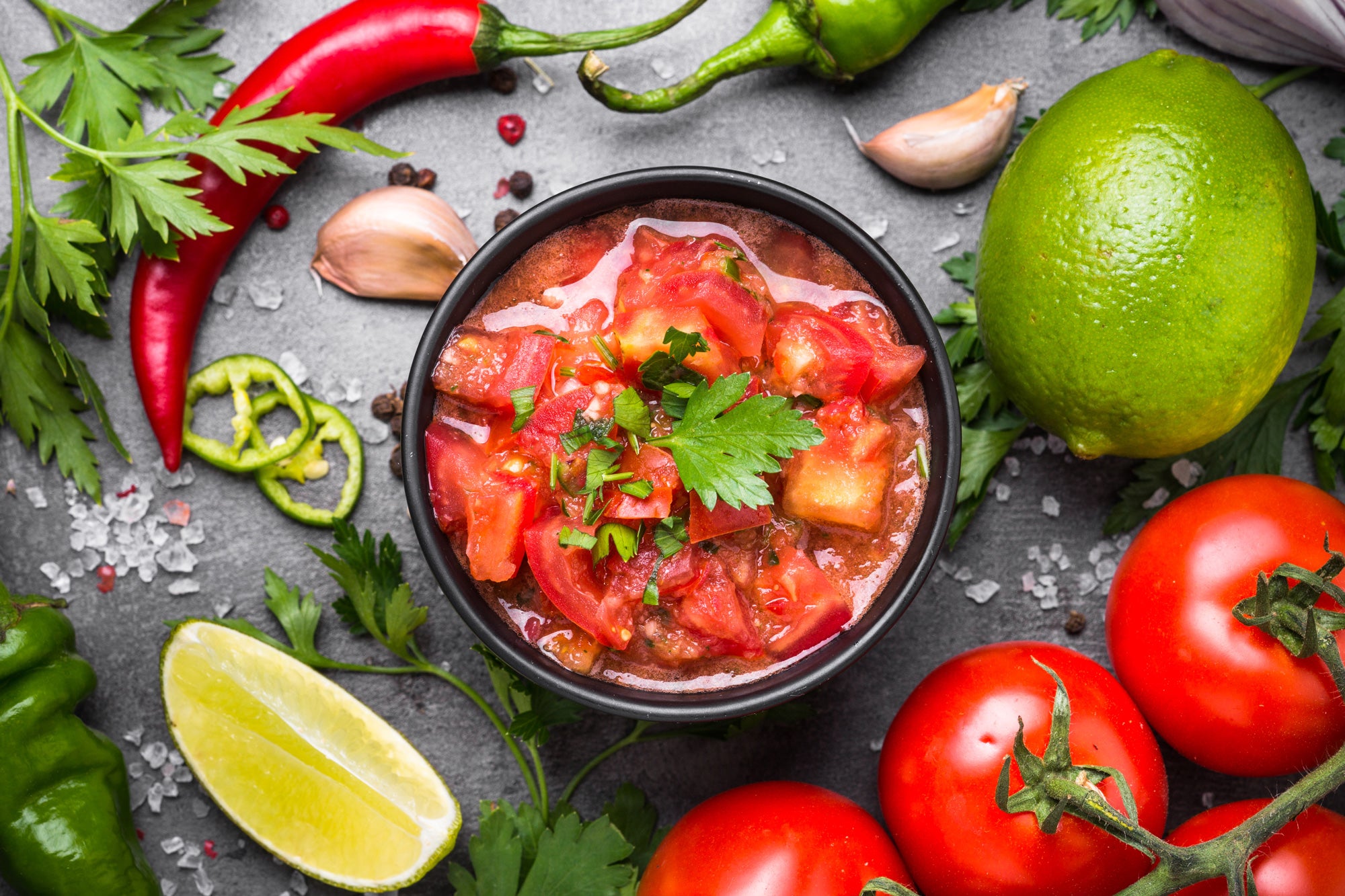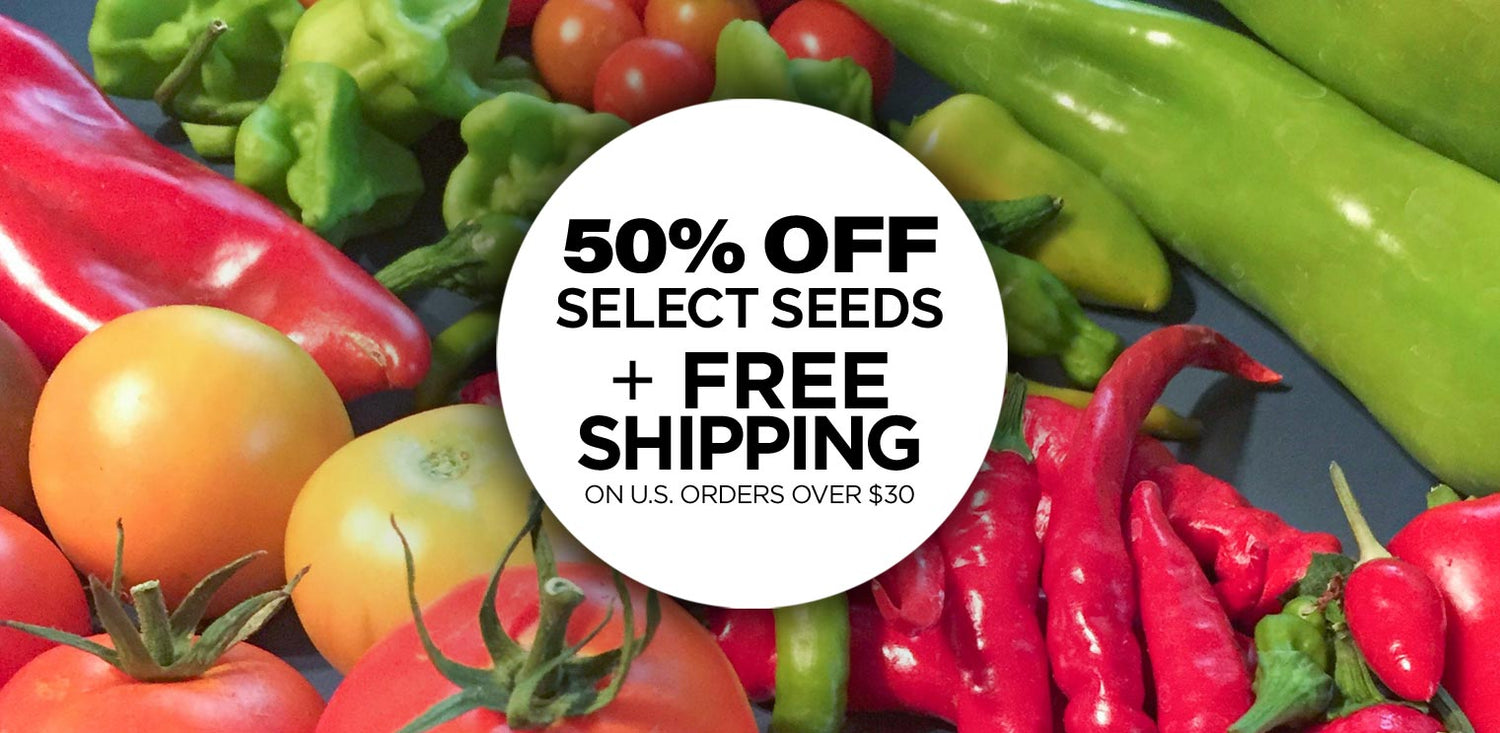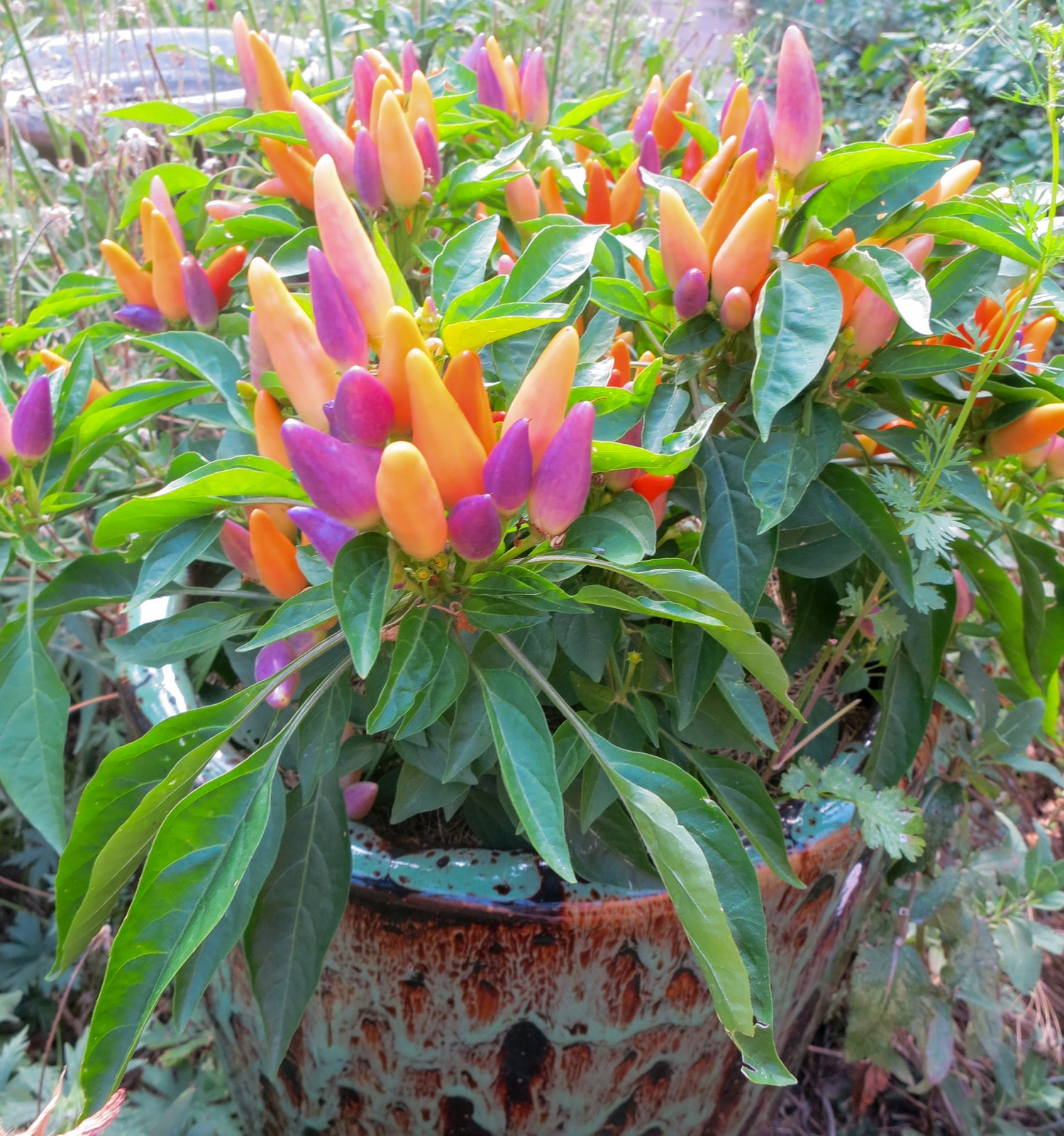Want to learn how to transplant Seedlings after Germination?
Here are our top tips for transplanting seedlings:

Once your vegetable seedlings have germinated and have a set or two of regular leaves, you can transplant them into larger containers if desired.
Should you pre-moisten seed starting mix?
Yes. When transplanting seedlings, it is important to pre-moisten your seedling mix or potting mix before transplanting pots – this will help your pepper, tomato and other vegetable transplants thrive in their new pots. By pre-wetting and mixing the growing medium, you ensure there are no dry pockets that repel water, which will make it easier for the medium to absorb water once in the container. We find that many potting mixes and seedling mixes can actually REPEL water at first, so stirring and mixing up the medium with water with a trowel in a bucket will really help moisten all of it evenly which will ensure better transplant success. We like to use potting soil or seedling mix made with coco coir instead of peat (if you can find it!) as it's made from coconut waste from the shells instead of digging up peat bogs. 
Can seed starting mix be too wet?
Yes. At first, it is important to make sure your seedling starting mix or potting mix is well moistened – you don't want totally bone dry mix for your seedlings. However, it is also very important NOT to soak the seedlings so much that the growing mix is soggy for long periods of time. You should make sure to have plenty of drainage and make sure that seedling pots are not sitting in water for hours at a time. When vegetable roots are wet and soggy, they can drown and cause the plant to wither, the leaves will turn yellow, and eventually shrivel and die if left too long in soggy mix.
Seedling Transplanting Tools
When transplanting seedlings, some of the best tools include:
- Spoons, butter knives - work as substitutes for widgers or dibbers
- Widger - a special kind of spoon or trowel, it's a cross between a trowel and a dibber and helps get plants out of the ground, or making space in the new container's growing medium to place your transplant
- Dibber - a long, pointed stick made of wood, metal, or plastic that pokes similar holes into the earth to create a space to plant seeds, seedlings, cuttings, and tiny bulbs.
- Trowel - we like to use this to mix the growing media with water, and add soil to pots
- Bucket - to mix growing medium with water to pre-moisten
- 4" deep pots - deeper pots work better than shorter 2-3" deep pots, and wider pots are great too if you have the room. The bigger the container, the bigger the root system which leads to faster growing plants.
- Seedling Growing Mix or Potting Mix: Don't use garden soil, topsoil, or use soil from your garden. Seedling Growing Mix and Potting Mixes are specially designed for containers to help young plants thrive with good drainage and fluffy texture that makes root development take off.
- Large Plant Saucer & Area to make a mess – we use an old cabinet in our garage and place a large, deep plant saucer on it to do our transplanting in to help contain the mess. You could also use seedling trays without holes, or portable potting trays that are sold, but a saucer is cheap and multi-purpose as you can use it for a plant later if desired, or use one as a bird bath!
What is the best mix for seedlings?
We like most seedling mixes for seedlings – and some potting soils are good too, but sometimes they tend to have a lot of sticks and wood pieces whereas seed starting mix is more fluffy and has perlite, vermiculite, or sand to help it drain better. If your mix is holding water and staying soggy, you may want to change it next time to a different mix. Good seedling mixes drain quickly.
Water Seedlings after Transplanting
Even if the seedling mix is moist, it's best to water in your seedlings once transplanted. This will help the soil settle around the roots. This is a good time to make sure that the seedling mix is draining nicely – check them after a day and make sure the medium is moist but not soggy. If soggy make sure to drain off any excess water that they are sitting in and let the medium dry out a little bit before watering again.
Provide Light for Transplanted Seedlings
If you are still growing your seedlings under lights indoors, make sure it's close enough to keep them from stretching to reach it - a sunny window sill is usually not enough light to keep them growing strong. You can also put your transplanted seedlings outdoors if the temperatures are warm enough to do so, just make sure to harden them off before putting them in direct sun for more than an hour – otherwise they could get sunburned. Directly after transplanting into larger containers, it's good to keep transplanted seedlings in a bright location but out of the sun - as they like to be babied for the first 24 hours to keep them from going into shock.
Provide Movement and Air Circulation for your Seedlings
If growing indoors under lights, keep your seedlings growing strong and stocky by brushing them daily with your hands, or putting a small fan on them for a few hours a day. This will encourage them to grow stockier stems, avoiding leggy floppy plants, and will prepare them for hardening off outside when the weather has warmed up enough in spring.
Harden off Seedlings Before Transplanting into the Garden!

Enjoy this post?
Here are more tips for starting seeds:
Growing Peppers from Seed: Our Top 12 Tips
Can seedlings get too much light?
Can peppers survive 40 degree weather?
Why didn't my pepper seeds germinate?
How Often to Water Pepper Plants in Pots
Best Peppers to Grow in Containers
How to Prune Pepper Plants for Maximum Yield
Happy Growing!




















